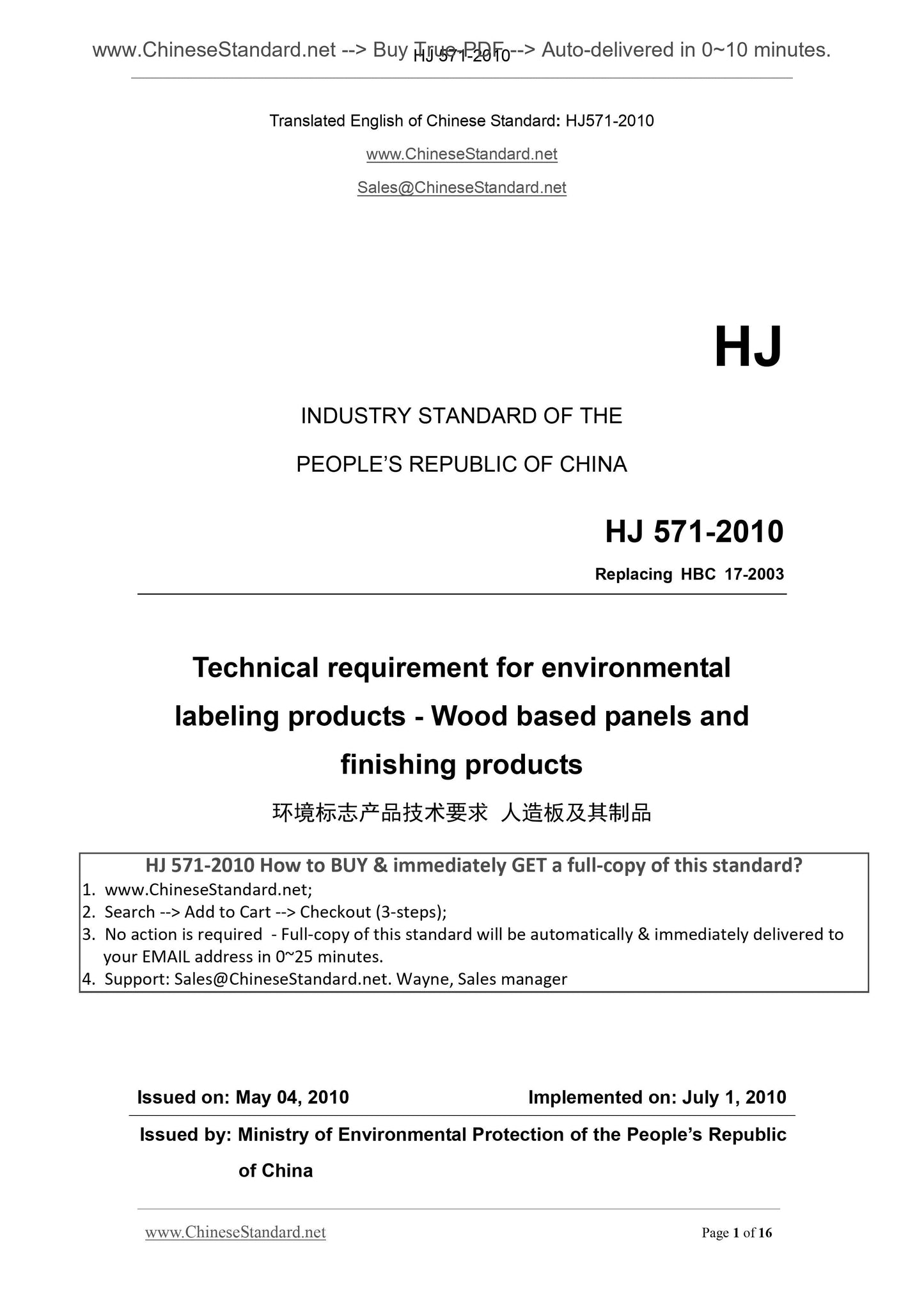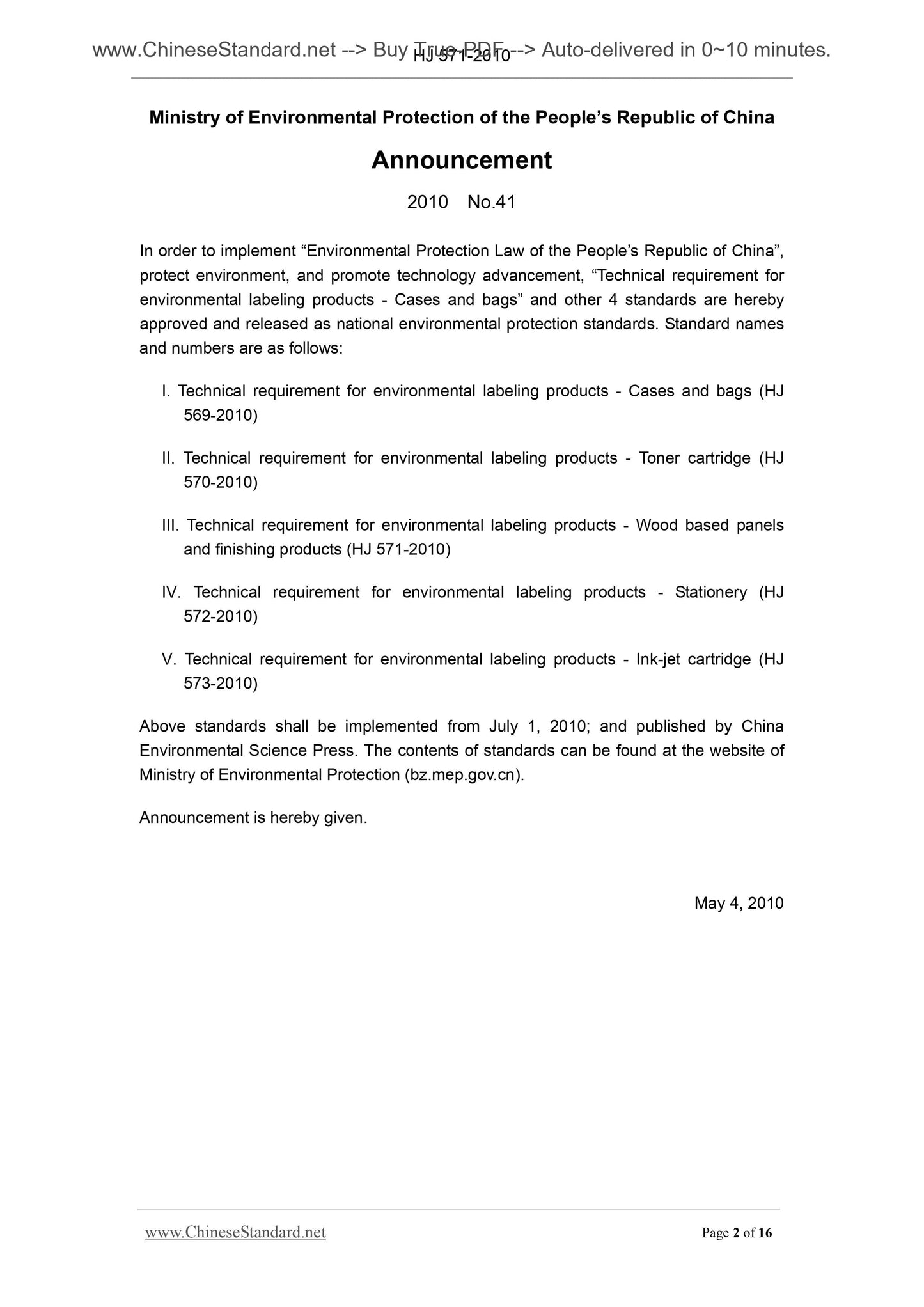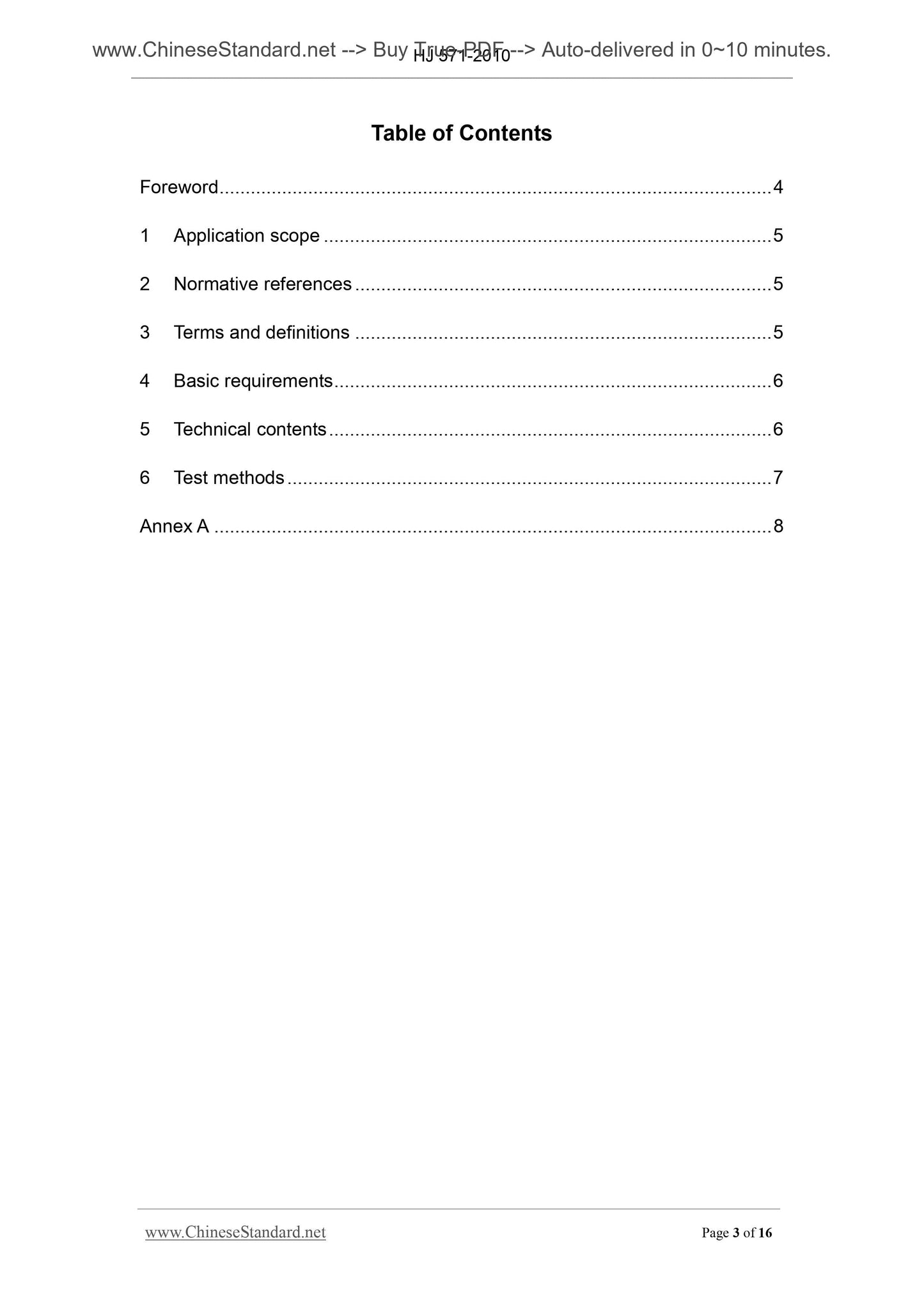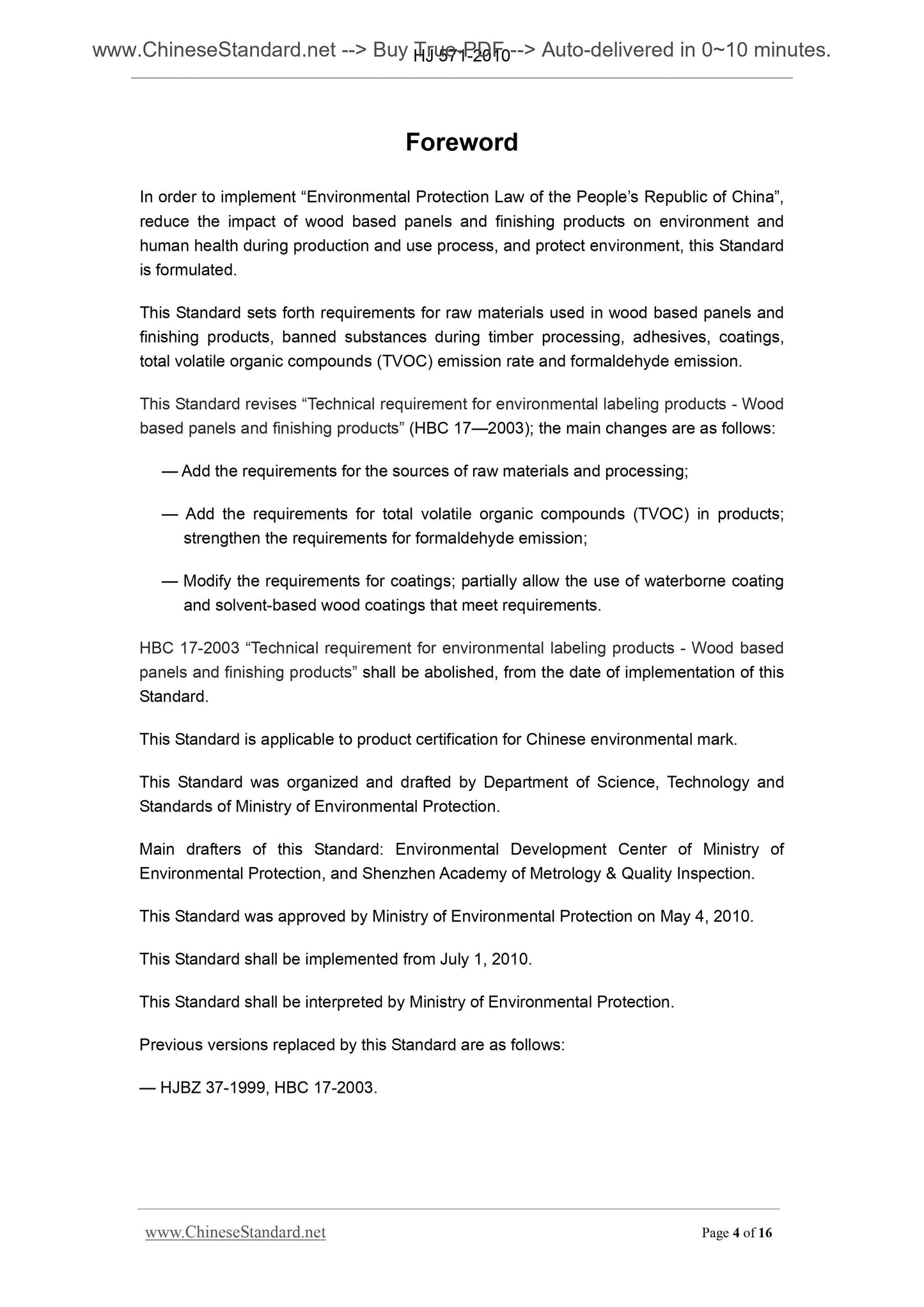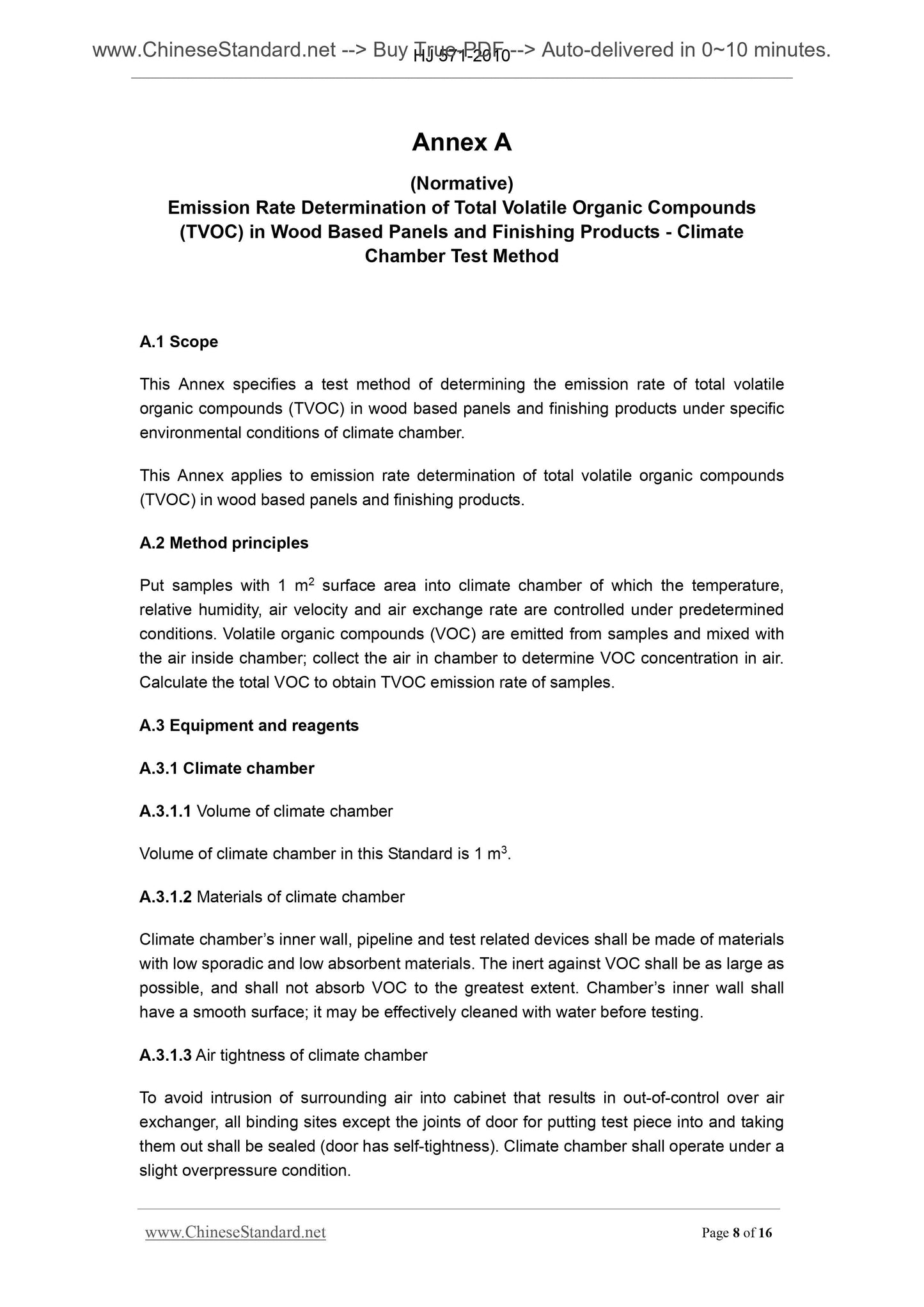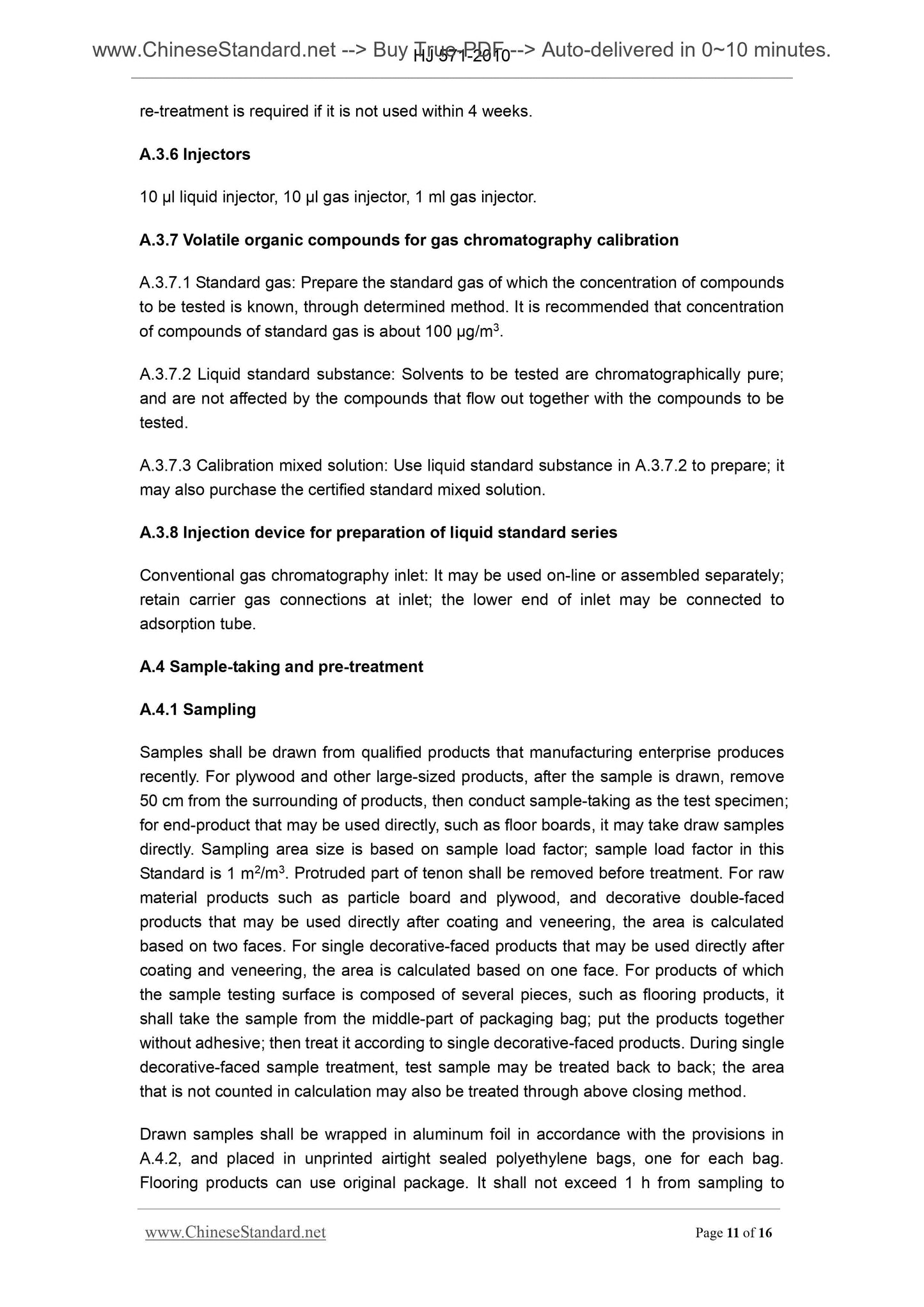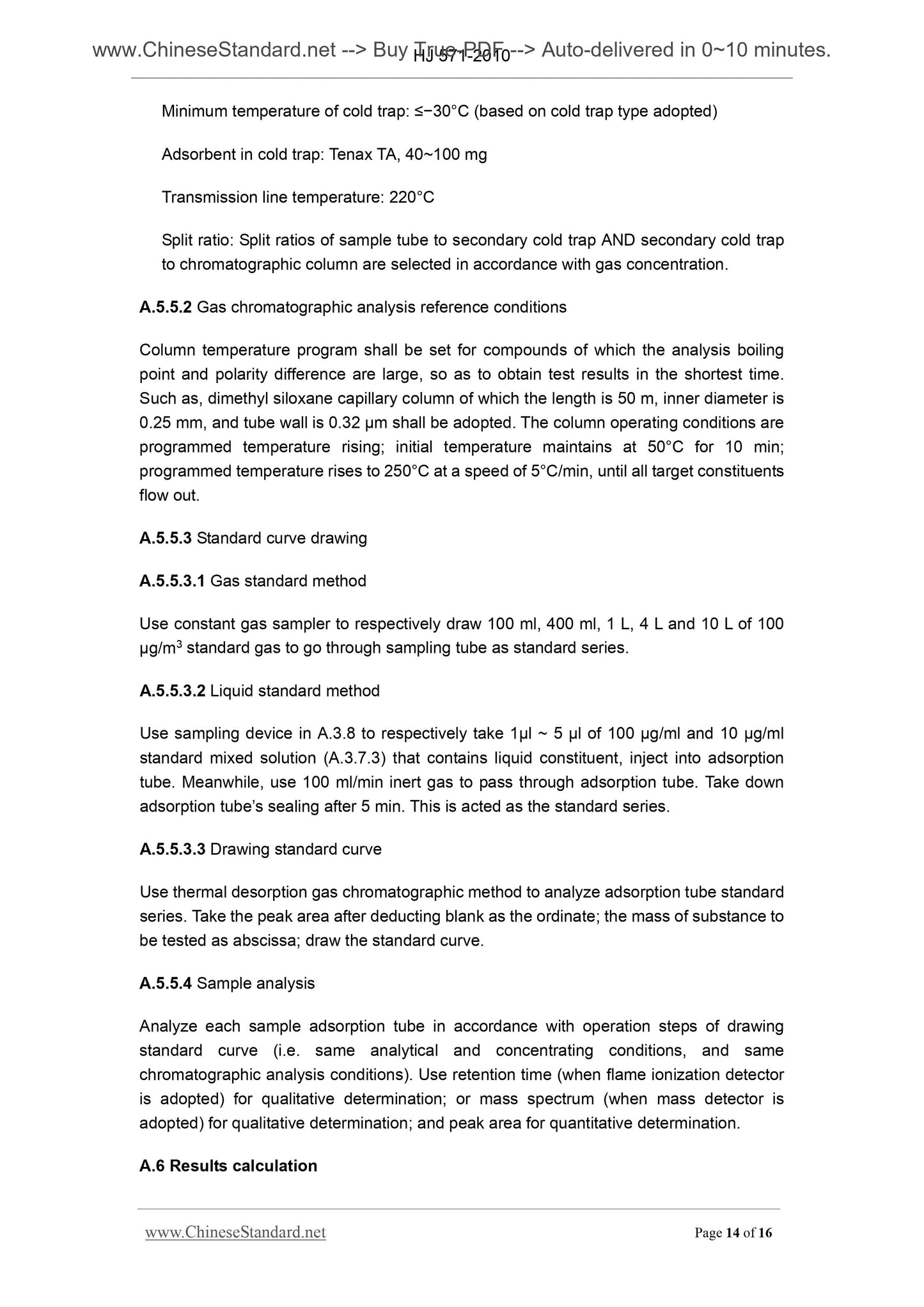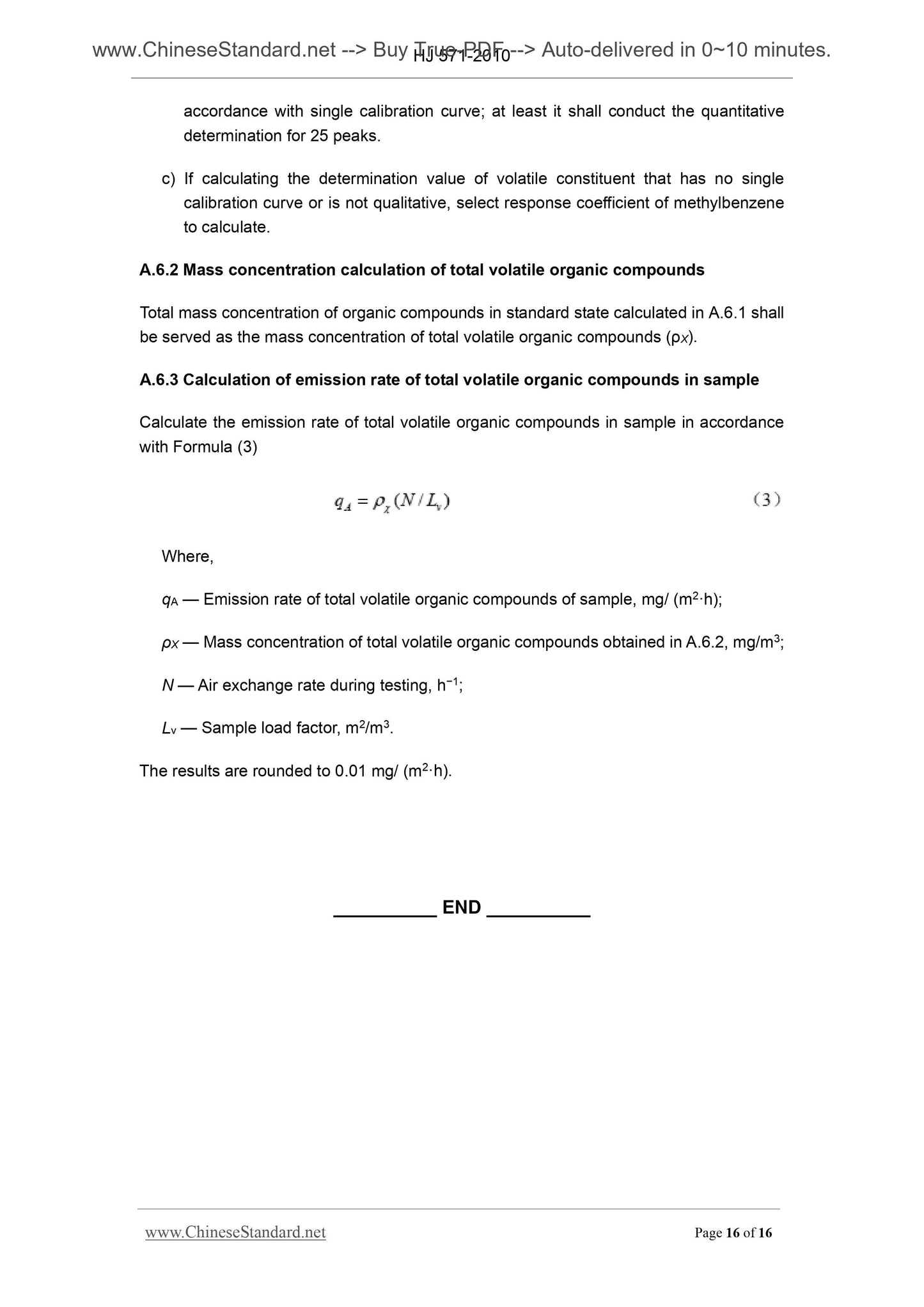1
/
of
8
www.ChineseStandard.us -- Field Test Asia Pte. Ltd.
HJ 571-2010 English PDF
HJ 571-2010 English PDF
Regular price
$145.00
Regular price
Sale price
$145.00
Unit price
/
per
Shipping calculated at checkout.
Couldn't load pickup availability
HJ 571-2010: Technical requirement for environmental labeling products - Wood based panels and finishing products
Delivery: 9 seconds. Download (and Email) true-PDF + Invoice.Get Quotation: Click HJ 571-2010 (Self-service in 1-minute)
Newer / historical versions: HJ 571-2010
Preview True-PDF
Basic Data
| Standard ID | HJ 571-2010 (HJ571-2010) |
| Description (Translated English) | Technical requirement for environmental labeling products - Wood based panels and finishing products |
| Sector / Industry | Environmental Protection Industry Standard |
| Classification of Chinese Standard | B70;Z04 |
| Classification of International Standard | 79.060 |
| Word Count Estimation | 13,141 |
| Date of Issue | 2010-05-04 |
| Date of Implementation | 2010-07-01 |
| Older Standard (superseded by this standard) | HBC 17-2003 |
| Quoted Standard | GB 18580-2001; GB/T 18883-2002; HJ/T 201; HJ/T 220; HJ/T 414 |
| Regulation (derived from) | Department of Environmental Protection Notice No. 41 of 2010 |
| Issuing agency(ies) | Ministry of Ecology and Environment |
| Summary | This standard specifies the plywood and products for eco-labeled products, terms and definitions, basic requirements, technical contents and test method. This standard applies to plywood, flooring, wall panels and other products. |
Share
